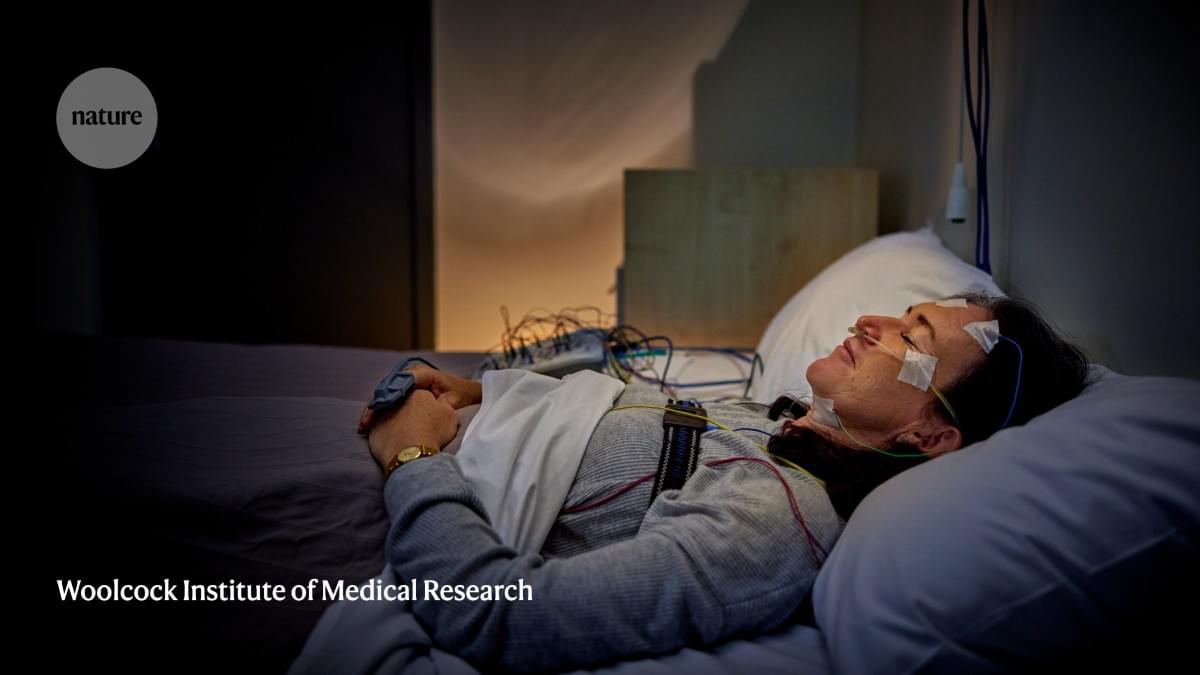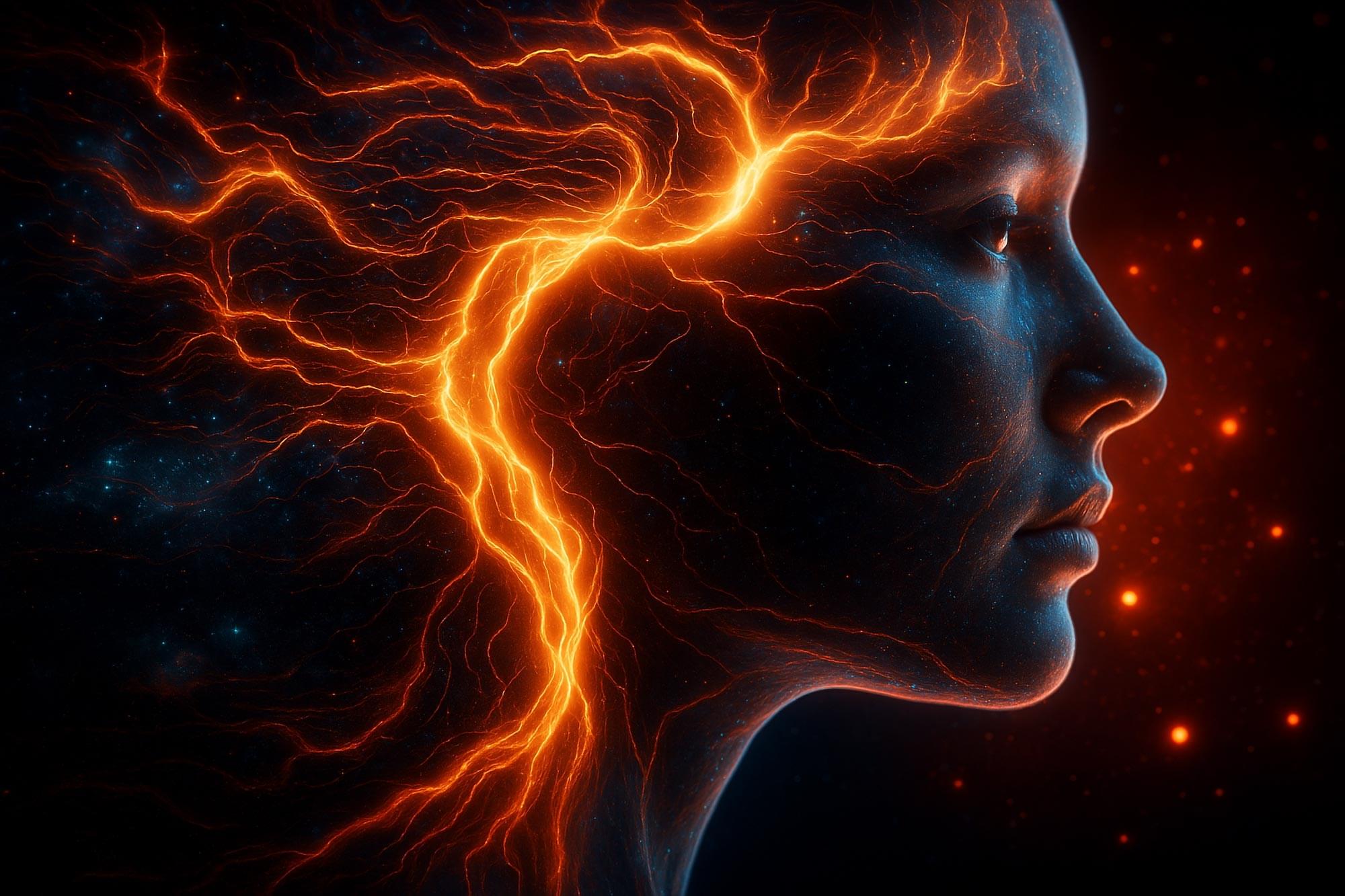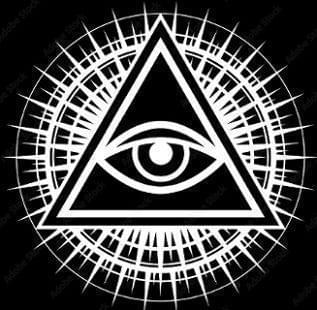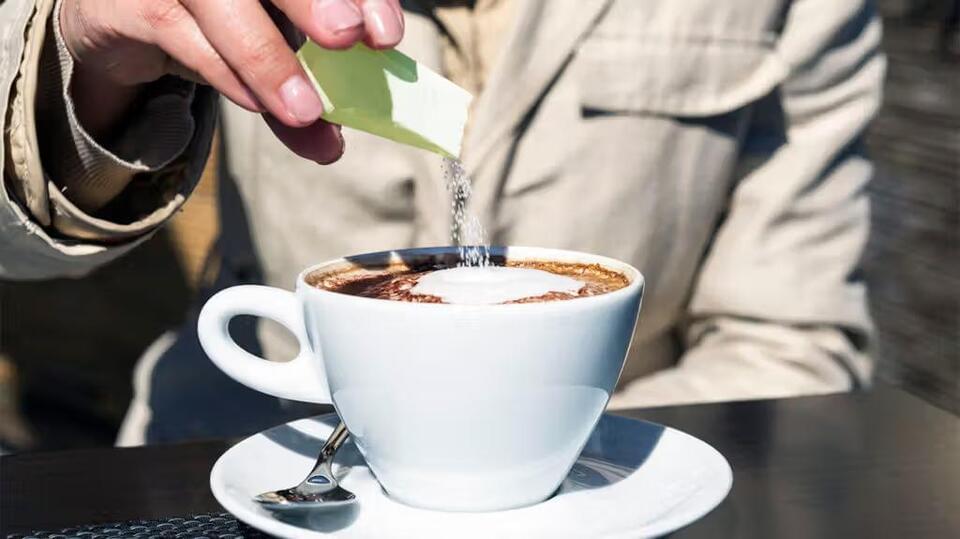Flourishing is more than just being happy, and a new global study finds some countries are doing better than others when it comes to overall well-being.
Take it from researchers at Baylor and Harvard universities, who unveiled a study Wednesday that included more than 207,000 people from 22 countries and Hong Kong. The study is published in the journal Nature Mental Health.
Their Global Fluorishing Study looked at six areas of well-being: happiness, health, meaning, character, relationships and financial security, CNN reported.









